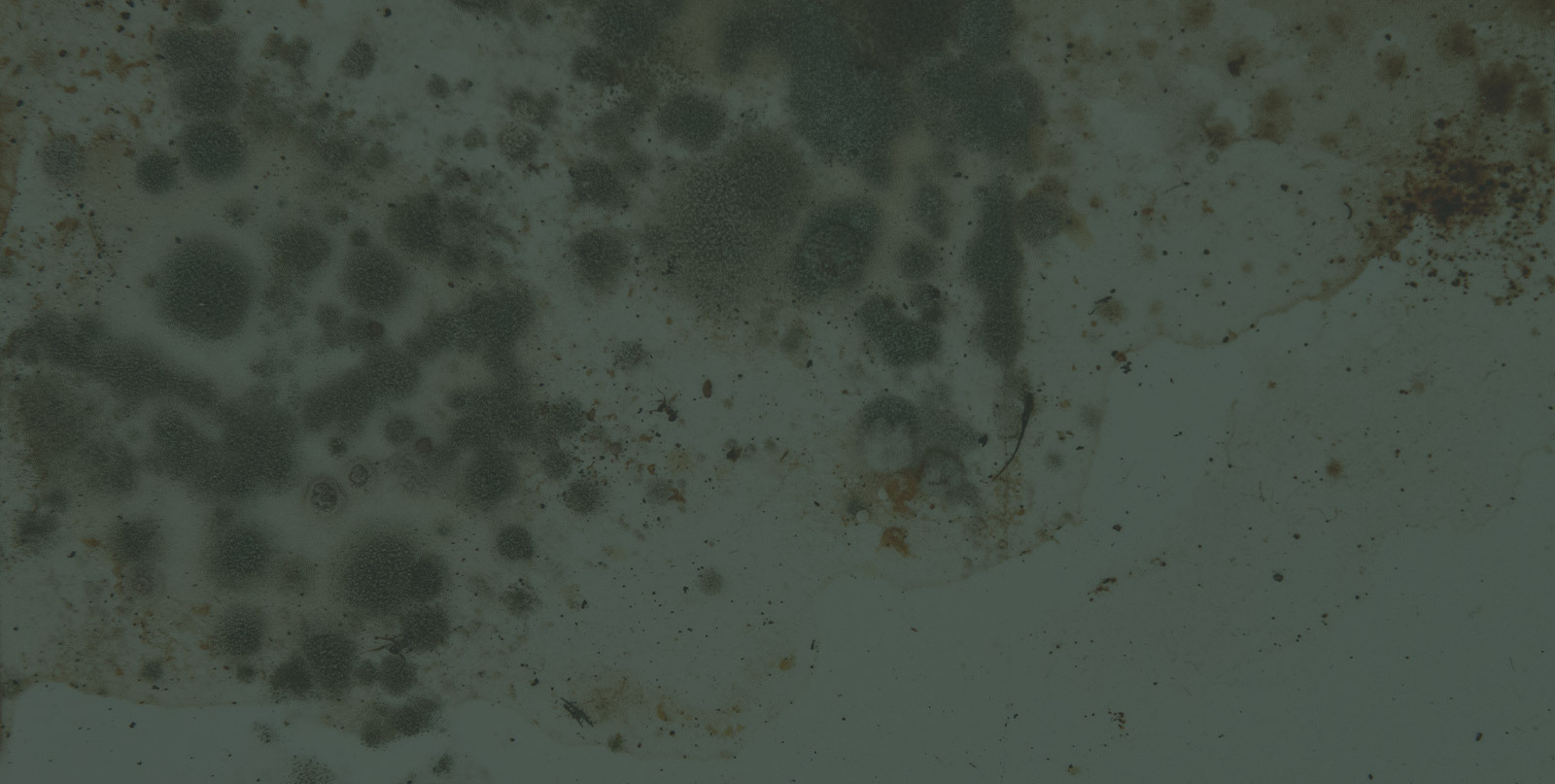
During medical training, we studied the body by systematically examining each of its systems, neatly compartmentalizing everything. While this approach is logical in academia, it belies the true complexity of the human body.
The body’s systems are intricately interconnected, making it impossible to isolate any one system from the others. This intricate web extends further to include environmental factors, the microbiome, and emotional well-being, all weaving together to form our overall health.
Just as a disruption in one part of this web can affect the whole, disturbances in one body system can ripple through others. This complexity is evident in the relationship between mold, mast cell activation syndrome, and gut health. To explore this connection, let’s first define mold toxicity.
Definition of Mold Toxicity
Mold toxicity, or mold illness, arises from exposure to mold and its toxic byproducts (mycotoxins). These harmful substances infiltrate the body through airborne spores or contaminated food, triggering inflammation, damaging cells, confusing the immune system, disrupting cellular communication, and more.
Mycotoxins notably impact gut health in profound ways. These mycotoxins can exert a particularly potent influence on gut health. The gastrointestinal tract, home to a diverse ecosystem of bacteria and other microorganisms, is highly sensitive to these toxins. When exposed, mycotoxins can disrupt the delicate balance of the gut microbiota, leading to dysbiosis—a state where harmful bacteria proliferate, and beneficial ones diminish. This imbalance not only compromises digestion and nutrient absorption but also weakens the gut lining, increasing its permeability.
Members Only Content
To continue reading please subscribe to WellnessPlus by Dr. Jess MD
Be your own best doctor with our comprehensive suite of online health coaching tools.
